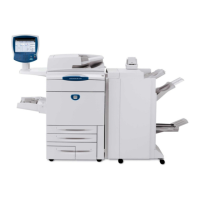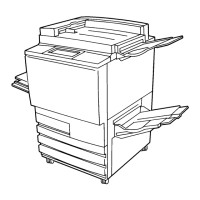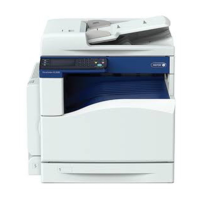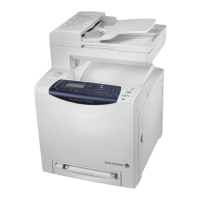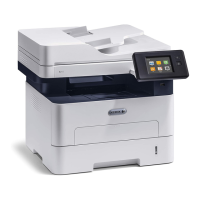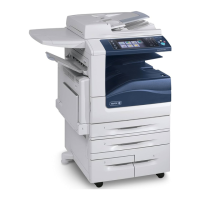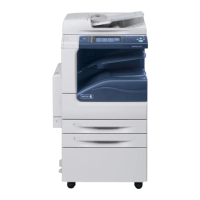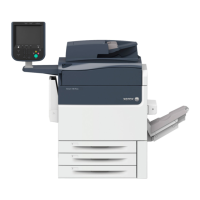24 bit/3 byte image
An image can be either RGB or CMY and each of the three colors uses
1 byte or 8 bits of data. Since 3 bytes equals 24 bits, these images are
also known as 24 bit images. This system is used for high quality video
imaging and scanning. For process color printing, a fourth color (black)
is added for optimum effect.
32 bit/4 byte image An image that uses 8 bits each for CMYK pixels, or 8 bits for each RGB
pixel and 8 pixels for a mask layer or other future use. Since 4 byte
equal 32 bits, these images are also known as 32 bit images. An 8 bit
CMYK image is the minimum required for high quality print
reproduction.
4 color printing
Color reproduction method used to create full color output by
overlaying cyan, magenta, yellow and black inks.
8 bit/1 byte image
An image limited to 256 tones of one color or 256 different colors.
Since 1 byte contains 8 bits and each bit has two choices, 1 byte equals
28 choices or 256 possibilities.
Absolute Colorimetric A rendering intent method similar to Relative Colorimetric except that
it does not make adjustments according to the white point. In this
method, colors that do not fit within the output color space are
rendered at the extremes of the output color space. Colors that fall
inside the output color space are matched very accurately.
This method is valuable for representing “signature colors“. Colors
that are highly identified with a commercial product such as the cyan
in the Creo logo.
Additive color model
Color system in which the picture is composed of the combination of
Red (R), Green (G) and Blue (B) light transmitted by the original
subject. Effective for monitors and TV's but not for print. Scanners
normally first scan in RGB and it is converted into CMYK for printing.
See also RGB, CMYK, Process colors, Subtractive color model.
Amplitude Modulation
Halftone screening, as opposed to FM screening, has dots of variable
size with equal spacing between dot centers.
Anti-Aliasing
A step effect in which angled lines or curved edges of elements in an
electronic image look broken or jagged, as a result of producing it in a
grid format. Increasing resolution can reduce this effect or using a
technique called anti-aliasing where the edges are softened.
APR
Creo's Automatic Picture Replacement workflow. In this workflow, two
versions of a file are created - a high-resolution file and a low-
resolution file called PSImage. The latter is used for positioning and
manipulation within a DTP application. The low-resolution file is
replaced automatically by the high-resolution version during the RIP
process. See also PSImage.
Glossary
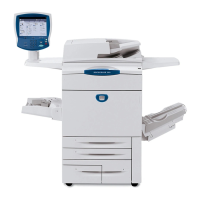
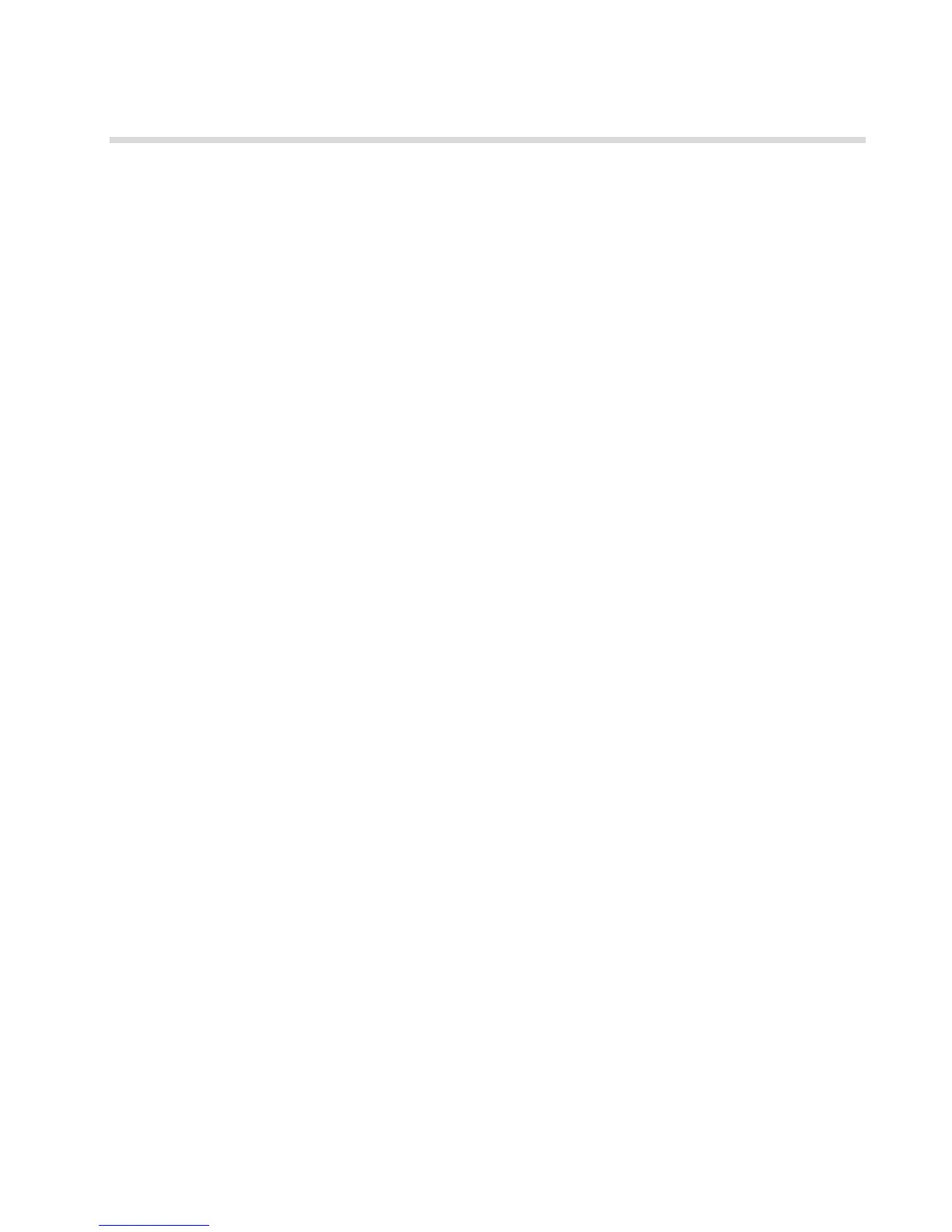